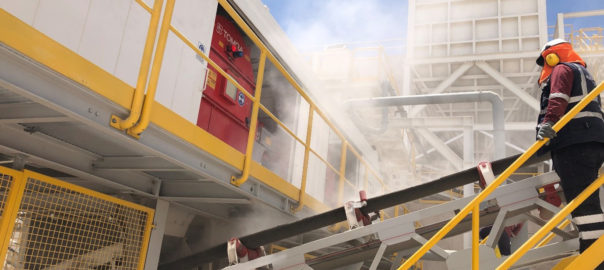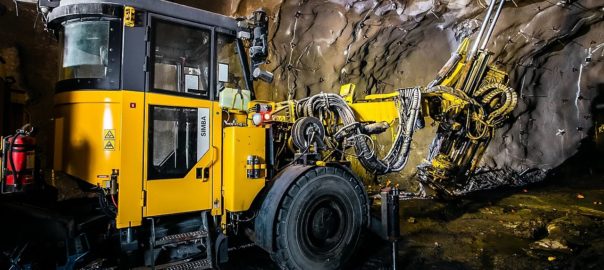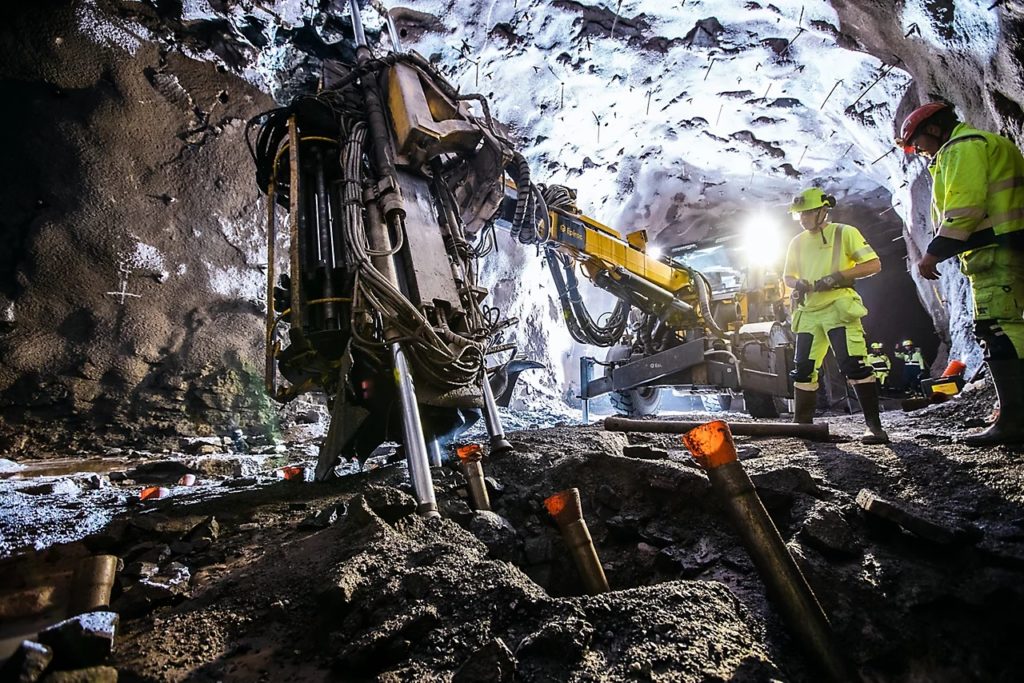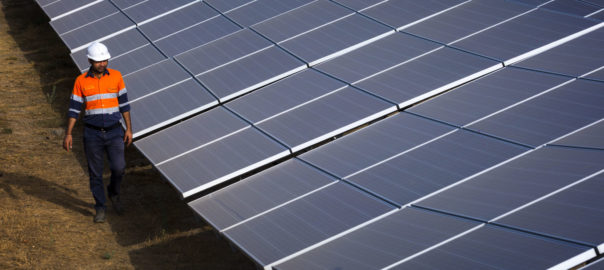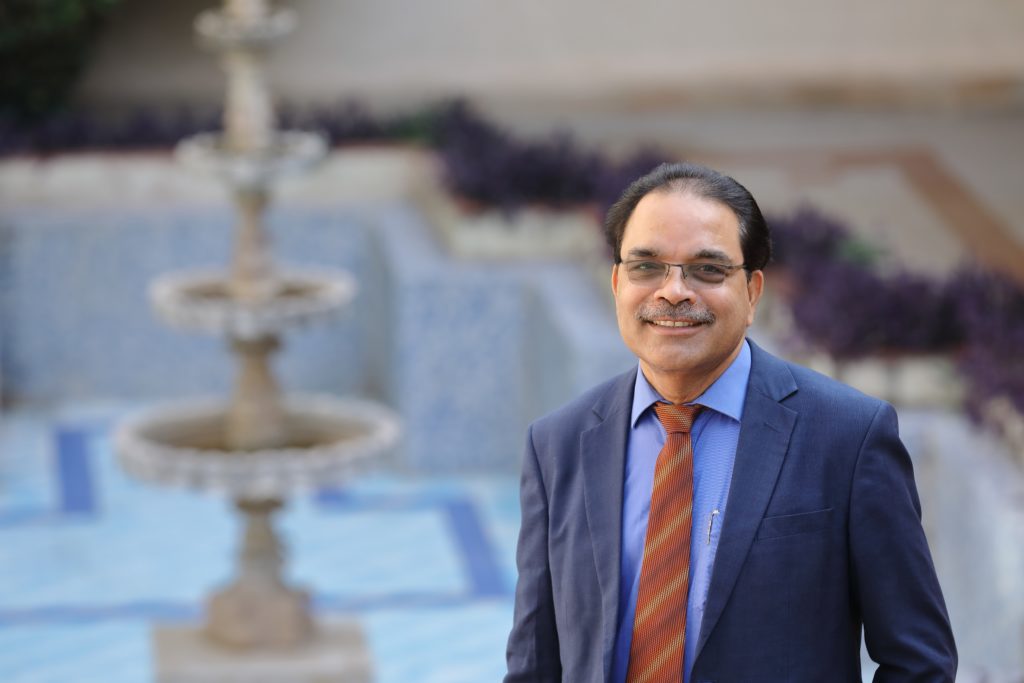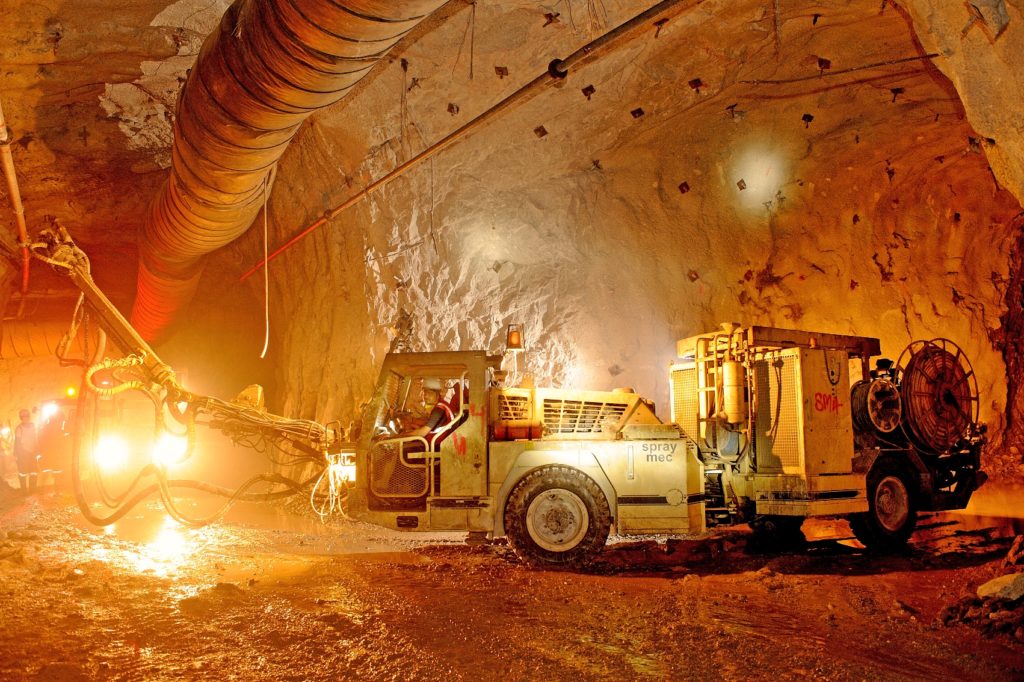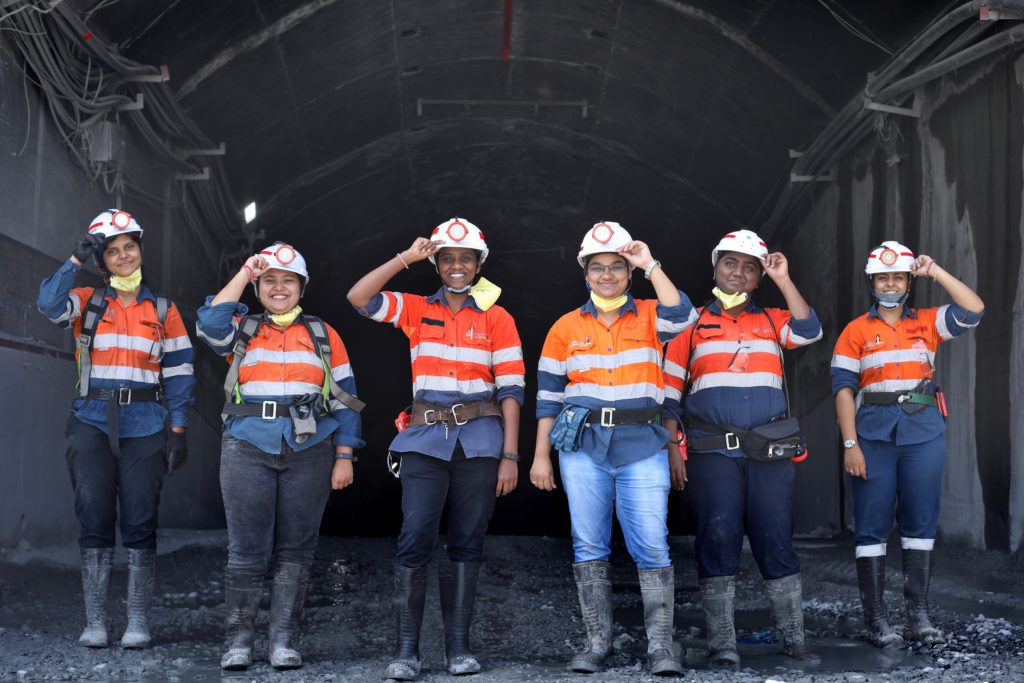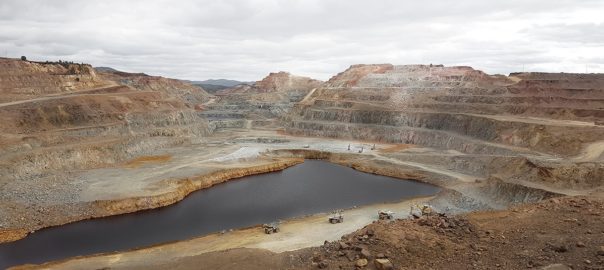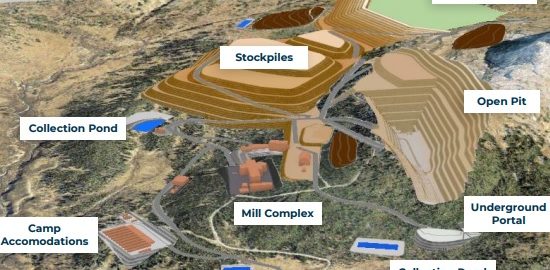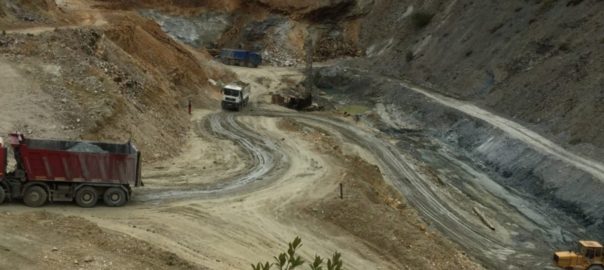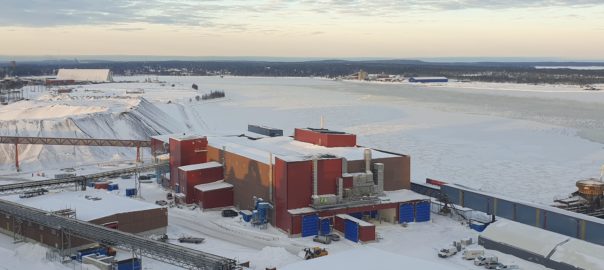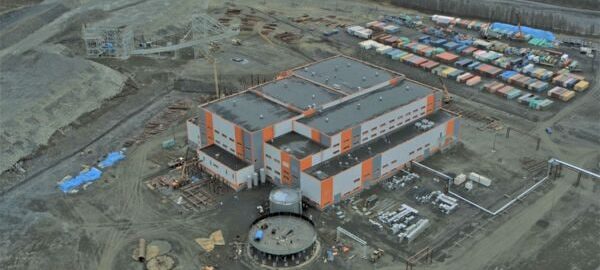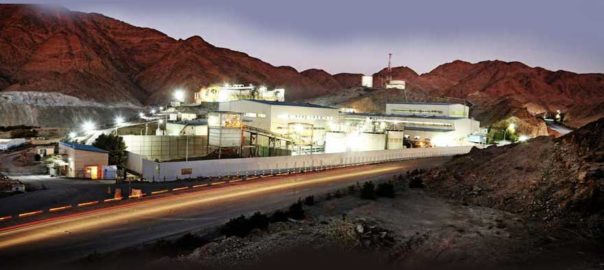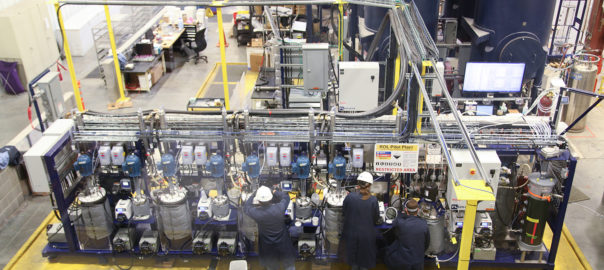The integration of TOMRA’s ore sorting technology at the Mina Esperanza de Caravelí mine in Peru has helped the polymetallic miner produce more metal as well as clean up its legacy tailing operations.
The close collaboration between two companies emphasises a shared philosophy, that of making the most of natural resources and embracing a circular economy.
Mina Esperanza de Caravelí, owned by MTP and operated by Minera Croacia, is a polymetallic vein deposit with a mining rate of 150 t/d. It is located in the district of Atico, in the Nazca-Ocoña geological gold belt in the southern part of Peru, and contains narrow veins with a rosary formation, of which over 30 have been discovered so far. The mineralisation is located in vein fill fractures of hydrothermal origin and are mesothermal in appearance.
In 2019, Minera Croacia contacted TOMRA to explore a solution to extract value from low-grade material previously deemed uneconomical, and to address the environmental issue of metals left in the dumps.
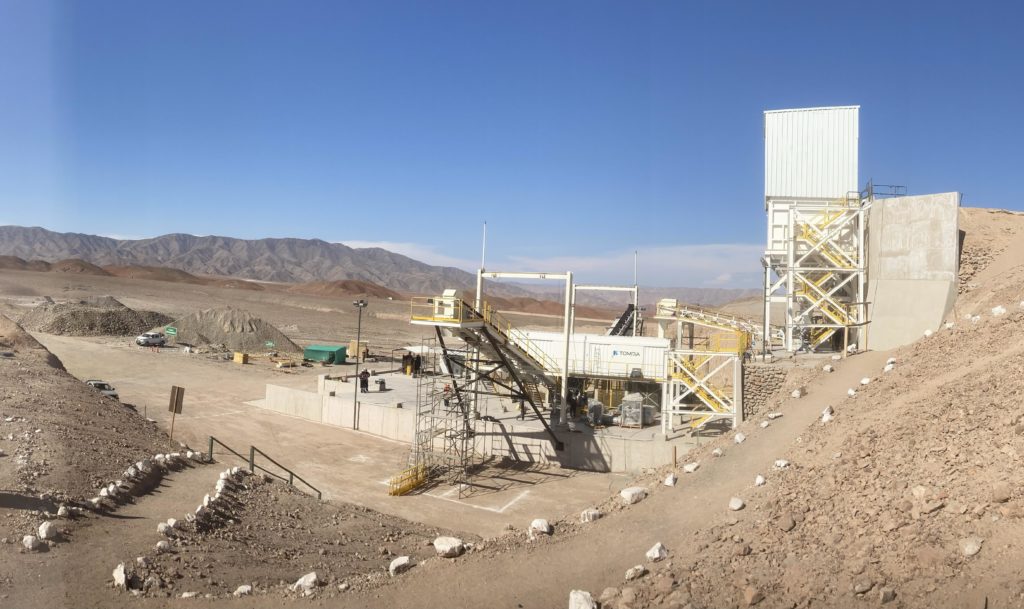
Marco Fernandez Concha, Senior Geologist to Minera Croacia, said: “Mining operations need to find ways to optimise the use of natural resources while reducing waste and their impact on the environment as much as possible. With TOMRA’s ore sorting technologies, this is possible.”
A sensor-based ore sorter represents a significant investment for a mine the size of Minera Croacia, according to Emilio Uribe, Senior Metallurgical Advisor at Minera Croacia.
“When we purchase important equipment, we need to analyse the solution in great detail because we can’t afford to make mistakes,” he said. “We need it to work and deliver the results we want from the start. TOMRA has adapted to our needs as a small business with limited resources. They have been an important advisor, giving us all the support we needed with highly qualified and knowledgeable staff. They have really committed to the project and found the solution that meets our operational needs and is financially viable for us.”
The teams from TOMRA and Minera Croacia worked closely to precisely analyse the requirements and identify the best solution. TOMRA’s Test Center in Wedel, Germany, conducted three series of tests on samples from the mine to narrow down the requirements. A technical team from Minera Croacia attended the final session, which gave them a better understanding of what TOMRA’s XRT technology could do for their operation.
Christian Korsten, who at the time was the Test Center’s Manager, said: “This project stands out for presenting different types of ores from different locations. Usually we test one or two different ores for a customer, but, with Minera Croacia, we had different metallogenic veins. They were all a little bit different in mineralogy, sensor response and in the customer’s objectives for each.”
Strong communication between the two companies’ teams was crucial to the successful outcome – especially since COVID-19 travel restrictions limited the opportunities for face-to-face meetings.
Mathilde Robben, TOMRA Key Account Manager, said the company ensured Minera Croacia received the support and advice they needed throughout the process.
“We did it all through online meetings,” she said. “The management team and staff at Minera Croacia were always to the point and friendly, and together we completed this fast-track project.”
Korsten agreed: “Minera Croacia had very clear objectives. All our questions were answered in a perfect, fast and professional manner, and the same applies to the discussion of the test results. This project was one of my favourites in almost 10 years in the Test Center.”
Following the detailed analysis of the test results and Minera Croacia’s requirements, Robben proposed the use of a TOMRA COM Tertiary XRT sorter as the solution: a machine suited to the particle size range of the dump material (-25 mm/+ 10 mm and -40 mm/+ 25 mm) and an investment that fitted Minera Croacia’s budget.
The test results made a clear business case for the sorter, showing that out of 1,300 t of run of mine material containing gold and copper, 21% are fines (-10 mm) and screened out. This results into a concentration of gold and copper in the fines and, therefore, this material does not need to be sorted. Of the rest of the material, 34% is enriched, going from a grade of 2.7 g/t gold-equivalent to 5.12 g/t gold-equivalent – almost double.
This leaves 45% of the material discarded as waste with very low metal content, 0.41 g/t gold-equivalent, which addresses the environmental issue, as it contains virtually no contaminants. This also shows that maximum value has been extracted from the material, as there is virtually no gold left, TOMRA said.

Uribe said: “The test has shown that TOMRA’s sorter can create value from material that would have gone to the waste dump, from 33% of the run of mine that is too low-grade for processing to be financially viable.”
The TOMRA COM Tertiary XRT sorter is now installed and has been operating since December 2021 re-processing the mine’s 800,000 t of historic dumps. It is delivering on all counts for Minera Croacia: now able to increase the grade of the dump material that was not considered economic, it has reduced freight costs of the operation as it is now transporting less low-grade material to its processing plant, and it has successfully addressed the environmental impact of its waste materials.
Uribe concluded: “All the calculations we made when we evaluated this investment are being fulfilled. The sorter’s performance is perfectly consistent with the test results, and we expect it to pay for itself as planned within two years – including the other components and infrastructure of the circuit.”
The company’s management is so impressed with the results achieved that it is considering investing in further sorters for low grade run of mine ore with the aim of extracting value from mineral that is currently considered marginal, according to TOMRA.







